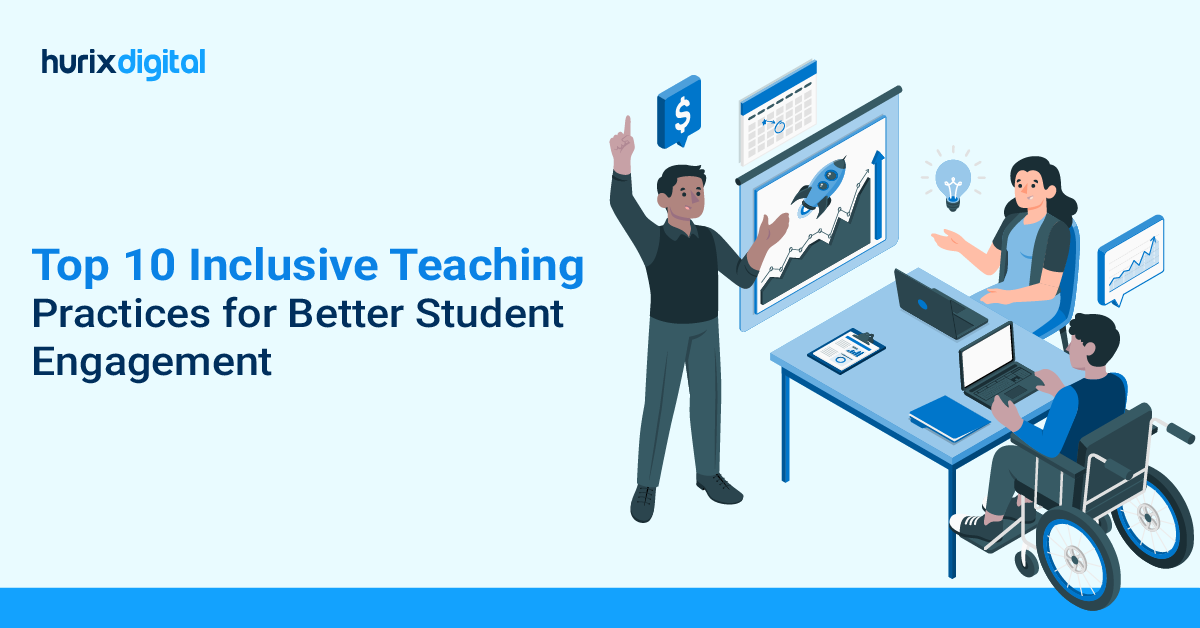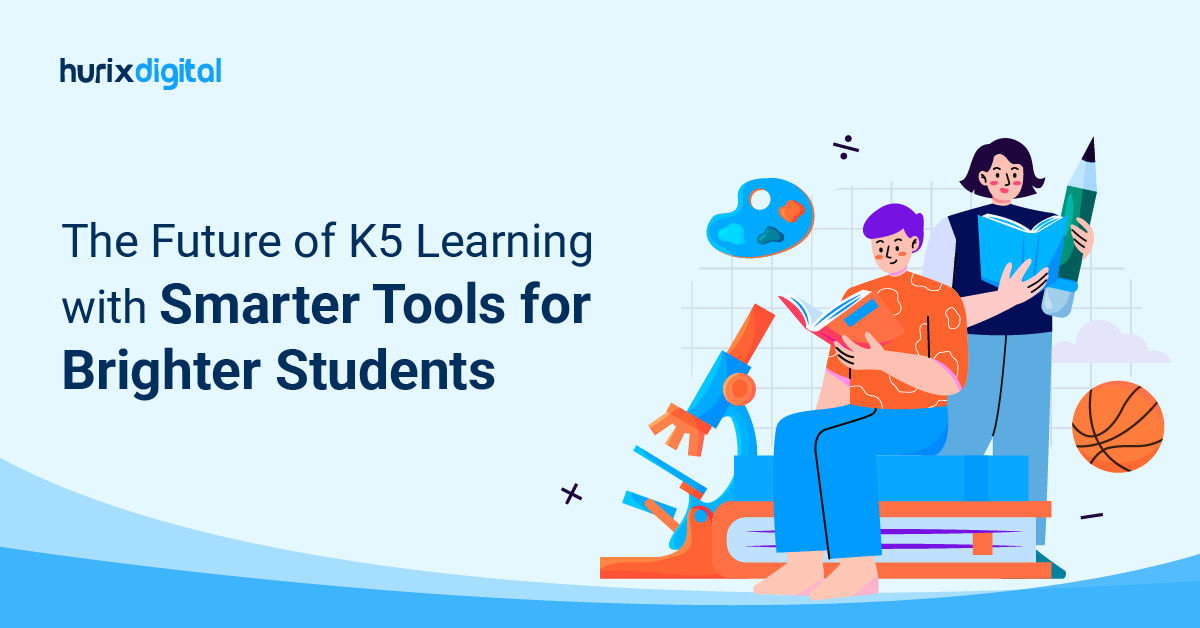
ChatGPT: Pros and Cons of Using ChatGPT in Higher Education
Summarize with:
Meta Title: ChatGPT Pros and Cons: Real-World Impact on Learning
Meta Description: Explore ChatGPT pros and cons in education, which boost student engagement and learning outcomes, along with key challenges educators must address!
Primary keyword: ChatGPT pros and cons
In recent years, the integration of ChatGPT pros and cons into higher education has sparked an intense debate among educators, administrators, and students alike. On one hand, institutions are exploring ChatGPT’s potential to enhance accessibility, personalize learning, and streamline administrative tasks.
On the other hand, concerns around academic integrity, misinformation, and biases persist. As universities navigate this uncharted territory, understanding both the advantages and the risks of using ChatGPT is essential to harnessing its benefits while safeguarding the core values of education.
Table of Contents:
- What is ChatGPT?
- What are the Pros of Using ChatGPT?
- What are the Cons of Using ChatGPT?
- How Can Institutions Use ChatGPT for Learning Excellence?
- 10 Ways ChatGPT for Educators Aids in Learning Practices
- Helps in Creating Personalized Lesson Plans
- Used in Assessment and Grading
- Enables Creative Ways of Group Discussions
- Helps in Proofreading and Grammar Checks
- Supports Students with Special Learning Requirements
- Aids in Finding Teaching Plans and Resources
- Facilitates in Curating Teaching Aids
- Helps in Planning and Navigating Professional Communication
- Assists in Engaging Students in Creative Thinking
- Aids in Research and Development
- The End Note
What is ChatGPT?
ChatGPT is an AI (artificial intelligence) chatbot that uses NLP (natural language processing) to create human-like informal dialogue. It is designed such that the model can respond to queries and curate various written content, including blogs, social media posts, code, and emails.
The GPT stands for “Generative Pre-trained Transformer,” which refers to how ChatGPT processes requests and formulates responses. ChatGPT is trained with reinforcement learning through human feedback and reward models that rank the best responses. This feedback helps augment ChatGPT with machine learning to improve future responses.
Founded by an AI research organization called OpenAI, ChatGPT is a powerful language model. It generates intelligent, human-like text to answer questions and give solutions to real-life problems, mainly surrounding business, profession, and learning.
Out of its four models (GPT, GPT-2, GPT-3, and GPT-4) so far, GPT-4 is one of the most advanced ones yet. On estimation, it can respond using up to 25,000 words.
The use of AI is increasing rapidly in the education sector. It’s no wonder then that ChatGPT, a chatbot developed by OpenAI in November 2022, has gained global popularity, with the highest percentage of users (15.22%) residing in the United States.
Owing to its popularity and capability to generate human-like responses to questions, ChatGPT is becoming a trusted companion to many learners and educators. However, like any nascent technology, ChatGPT in higher education has its share of challenges.

What are the Pros of Using ChatGPT?
Now that you know the basics of ChatGPT, let’s see the pros of ChatGPT:
1. Improves Accessibility to Education
ChatGPT improves accessibility to education by removing barriers for people with disabilities and non-English speakers.
For instance, ChatGPT can speak out the responses for students with sight impairments. It can also summarize the topics or concepts from a course for students with learning disabilities. In addition, it enables students who have trouble typing or using a keyboard to speak out their queries.
There are various other benefits of ChatGPT, like it can translate English content for students into a language they are comfortable with, thus enabling them to understand their course material easily.
2. Helps with Homework
In a traditional scenario, students typically scour their textbooks and the internet for relevant assignment material. Unlike this, ChatGPT saves time and makes completing assignments easier.
When students type questions for an assignment on ChatGPT, the latter responds with explanations and examples. It provides students with an alternative way of answering assignment questions. It also offers academic phrases, terms, and sentence structures relevant to a particular context and, as a result, enriches students’ academic vocabulary and writing skills.
3. Provides Assistance to Educators
Using ChatGPT in higher education can assist professors in multiple ways, as follows:
- It can develop a comprehensive lesson plan for a course.
- It can generate a variety of questions like MCQs, true and false, fill-in-the-blanks, etc., for a class test or quiz.
- It can analyze students’ assignments and aid teachers in grading and providing constructive feedback.
- It can provide access to links containing additional educational resources for a course.
- It can offer tips and tricks for increasing students’ engagement and reducing troublesome behavior in the classroom.
4. Personalizes Learning
ChatGPT can understand students’ learning styles, providing a personalized learning experience. It can analyze students’ academic performance and structure the course to meet their requirements.
Through ChatGPT, students can learn at a comfortable pace and gain a thorough understanding of complex concepts. They can quickly access additional educational content by uniquely interacting with text-based research or learning material through ChatGPT.
Apart from this, they can improve the quality of their academic essays with the help of individualized and personalized feedback from ChatGPT.
5. Helps with Exam Preparation
When exams are around the corner, ChatGPT can help students prepare. It can recapitulate their class notes with emphasis on key terms. It can help them form an ideal answer to an important question. In addition, it can generate practice questions to help students become aware of their strengths and weaknesses based on subject matter.
What are the Cons of Using ChatGPT?
1. Lack of Academic Integrity
Academic integrity is the primary concern for using ChatGPT in higher education. Many educators believe that using ChatGPT for writing assignments will only promote cheating and plagiarism. Since ChatGPT generates responses quickly, it will decrease students’ abilities to brainstorm, think critically, and be creative with their answers.
2. Provides Inaccurate Information
The information provided by ChatGPT can seem plausible and well-written, but it lacks insight and may not be necessarily accurate. It can be difficult to detect exactly which portions of the information are factually inaccurate. This can harm students’ learning experience and decision-making skills.
3. Biased Responses
AI chatbots are trained on a massive dataset. If the dataset contains biases, chances are that some of the responses produced by ChatGPT will be biased. These biases are harmful and can amplify discrimination against certain groups of people and create an unhealthy environment.
4. Limited Knowledge
Though ChatGPT is trained with a lot of information, there’s still some information it cannot access. Due to this, it may not be able to provide good answers about niche topics. It may also not be aware of the recent developments in different fields.
5. Inability to Multitask and Understand Context
ChatGPT can only work on one task and respond to one query at a time. If a student asks multiple questions at a time, ChatGPT may struggle to prioritize and slow down without responding to all the questions.
Additionally, ChatGPT can struggle to comprehend the context and nuances of human language. For instance, if a student uses humor or sarcasm in a question, ChatGPT may not pick up on that and provide an irrelevant response.
6. Lack of EI
Emotional intelligence (EI) plays an important role in educational settings. A human educator can understand the emotions of students and respond accordingly. An educator is capable of providing emotional support in challenging times. It isn’t the case with virtual chatbots like ChatGPT, which lack EI and thus are unable to comprehend human emotions. Though they can come across as empathetic, they fail to respond appropriately to complex human emotions.
How Can Institutions Use ChatGPT for Learning Excellence?
Now you know the use of ChatGPT in higher education can be astounding on so many levels. But the question is, how can one do so?
Well, here are a few practical ways through which you can include ChatGPT pros and cons in your teaching regime:
1. Virtual Teaching
Per research, about 50% of institutional students have used an online learning platform at some point. With distance learning on the rise, teachers have never been this compelled to be available around the clock.
But thanks to ChatGPT, having a virtual teaching assistant at zero cost is now possible. This tool can answer questions, give feedback, support research, and even communicate on your behalf.
So, it can be used as an efficient teaching assistant.
2. Gamification Features
In education, gamification is proven to increase student performance by 34.75%. This is so because gamified elements like quizzes, puzzles, etc., foster student engagement in the classroom.
With ChatGPT, you can easily do that. You can gamify your lessons, add quizzes and challenges, progress tracking, customizable avatars, and more to make your lessons more interactive for all students.
3. Skill Development Tasks
Here’s another fantastic use of ChatGPT in learning!
As mentioned previously, skill development is highly crucial for employment, irrespective of the number of degrees one holds. ChatGPT helps foster that by explaining concepts, curating tasks, generating Questions and Answers, and more.
So, suppose schools and colleges install this system in their teaching regimen. In that case, it will come in enormously handy in exposing students to a number of money-making aptitudes and fine-tuning their skills.
4. Grammar Support
With the rise of AI, one of the most prevalent problems that has found a permanent solution is lingual and grammatical inaccuracies.
You can easily integrate this powerful AI cum language processing system with your computer, enter the input prompt, and follow it up with a basic context explanation.
This will enable the tool to synthesize text and eliminate grammatical errors quickly.
5. Generating Study Materials
ChatGPT training can also help you generate study materials for your course curriculum. No matter the subject – literature, science, sociology, mathematics, or history – you can easily produce in-depth study materials.
In fact, you can also give it the command to be standard-specific, and it will retrieve age-appropriate data for your students.
10 Ways ChatGPT for Educators Aids in Learning Practices
The coming together of AI and higher education is revolutionizing the way of learning. ChatGPT for educators has a wide array of benefits. Some of the key impacts are discussed below:
1. Helps in Creating Personalized Lesson Plans
Making lesson plans that suit the various learning demands and styles of pupils is one of the biggest challenges for teachers. ChatGPT for educators can help create individualized lesson plans based on unique student profiles, which can be a critical step in the process.
Teachers can input student data into the AI system, including learning preferences, skills, and weaknesses. After that, ChatGPT creates personalized lesson plans that reflect the specific needs of each student, leading to more successful educational outcomes.
2. Used in Assessment and Grading
Teachers can save a lot of time and effort by using ChatGPT for automated grading support.
Artificial intelligence-powered solutions can assist with objective evaluations like multiple-choice examinations and short-answer questions, yet they might not totally substitute traditional grading techniques.
ChatGPT for educators can offer immediate assessments and feedback, enabling students to rectify their mistakes and swiftly improve their comprehension of the subject. In addition to making teaching easier, this promotes a more effective learning environment.
3. Enables Creative Ways of Group Discussions
Student collaboration, the development of critical thinking abilities, and peer learning experience are all greatly enhanced by group discussions. By giving teachers stimulating discussion topics, instructive questions, and conversation openers, ChatGPT can help facilitate these talks.
Additionally, the AI can assist teachers in monitoring the discussion’s progress to ensure that all students have the opportunity to participate fully and express their thoughts.
Teachers can build a dynamic and welcoming environment that promotes growth, cooperation, and learning by using AI in the classroom as a communication tool. With the aid of this cutting-edge AI technology, instructors can concentrate on their most crucial task: fostering their pupils’ inquisitive and imaginative brains.
4. Helps in Proofreading and Grammar Checks
Using ChatGPT’s natural language comprehension capabilities to help teachers assess and enhance students’ written work is another example of how AI can be put to use in the classroom.
Teachers can use ChatGPT to swiftly examine and fix grammatical, punctuational, spelling, and syntax issues in their written documents, including lesson plans, resources, and email correspondence.
5. Supports Students with Special Learning Requirements
ChatGPT can translate any information into languages, including French, Spanish, and Italian, by employing natural language processing (NLP) and machine learning methods. Similar to that, it has an enviable track record for intelligently meeting the requirements of pupils with accessibility issues.
ChatGPT helps students with dyspraxia, ADHD, visual impairment, dyscalculia, and dyslexia to learn and retain information better.
For example, understanding the meaning and context of a piece of writing is one of the main difficulties for dyslexic writers. AI in online education can assist with this by presenting the data in a larger text format, making it simpler to grasp.
6. Aids in Finding Teaching Plans and Resources
Teachers may spend a lot of time coming up with fresh concepts and finding necessary materials. By offering innovative lesson suggestions and making helpful resource recommendations based on a particular topic matter and curriculum objectives, ChatGPT can assist in saving crucial time.
For example, a teacher searching for innovative ways to deliver a history lesson can enter pertinent curricular objectives or keywords, and ChatGPT will present a range of appropriate lesson plans and materials.
This feature reduces the amount of time needed for lesson planning while also facilitating teachers’ access to the most recent educational resources.
7. Facilitates in Curating Teaching Aids
ChatGPT for educators offers interactive teaching tools to enhance student engagement and support lesson planning. It can recommend a range of instructional games, simulations, movies, animations, quizzes, presentations, and more based on your subject matter.
For example, ChatGPT provides brand-new possibilities when you want to create an interactive video on the planets. The bot may request a delivery window ranging from a few minutes to a few hours for producing high-quality videos.
8. Helps in Planning and Navigating Professional Communication
ChatGPT prompts for teachers can be used to effectively communicate with parents, colleagues, and students by generating customized messages.
ChatGPT can function effectively as your writing assistant, whether it’s for evaluating student progress, extending automatic feedback reports, issuing donation and fee pleas, or creating newsletter editions.
9. Assists in Engaging Students in Creative Thinking
Students should be encouraged to improve their critical thinking abilities. Educators can use ChatGPT in education to spark interesting conversations and push students to consider a topic from a variety of perspectives.
To encourage students to think critically and respond creatively, teachers can utilize AI in education to produce open-ended questions, discussion topics, or even hypothetical situations.
Students can improve their ability to analyze and solve problems while also gaining a deeper comprehension of the subject matter by taking part in these interactive exercises.
10. Aids in Research and Development
A powerful strategy for encouraging the interest of learners and encouraging autonomous investigation is inquiry-based learning. Educators can use ChatGPT in the classroom as a helpful research assistant for students to uncover facts, materials, and concepts that will assist with their projects or assignments.
ChatGPT enables students to explore further into their preferred topics, enhancing their comprehension and expertise by providing real-time support and a wide range of perspectives.
By assisting students in formulating research topics, assessing sources, and organizing their findings, AI in education can also help students strengthen their research skills.
The End Note
Now that you’ve looked at ChatGPT pros and cons, including its ability to create personalized interactive lessons, increase access to education for people with disabilities, assist educators in curating lesson plans, and more. On the other hand, the disadvantages of ChatGPT has many disadvantages, including its ability to generate biased responses, produce inaccurate information, inability to multitask, and more.
Despite its pros and cons, ChatGPT is here to stay, with a projected increase in revenue to $1 billion by 2024.
Using ChatGPT in higher education will certainly bring some transformations. However, if you want to completely transform the education at your university to a top-notch level, Hurix Digital can help.
Hurix Digital offers custom learning solutions for educational institutions and is a trusted partner of education companies like Cambridge University Press, Carnegie Learning, Wiley, and more.
For a state-of-the-art educational transformation, get in touch with Hurix Digital.
Summarize with:

Senior Vice President – Business Development
at Hurix Digital, with over 25 years of experience in EdTech and workforce learning. He excels in business development, customer relationship management, and scaling digital learning solutions, driving global growth through innovative content, simulations, and AI‑driven training offerings
 A Space for Thoughtful
A Space for Thoughtful 



